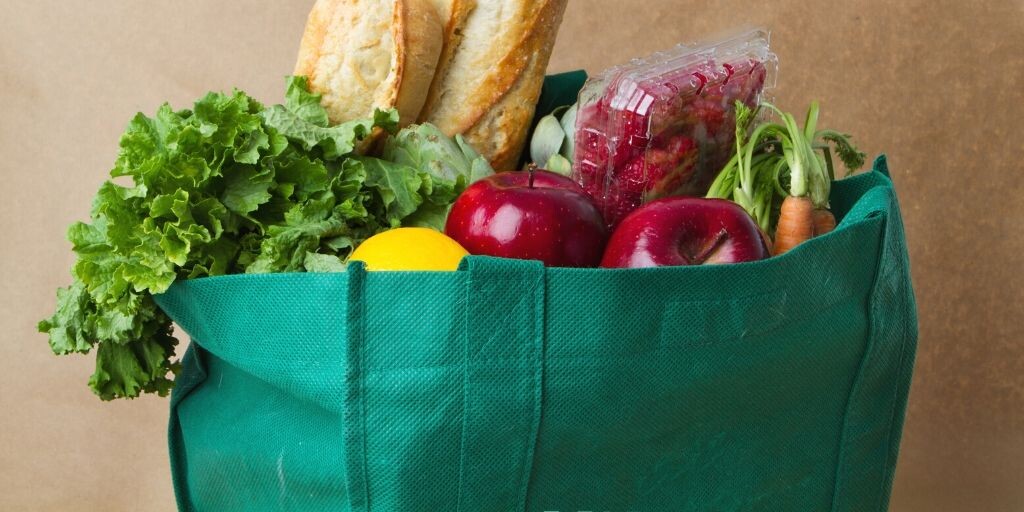
Lincoln, Neb. —Although we are familiar with the foods we prepare, for our children they are new and different. Children may be receptive to trying new foods or they may not be. They may even be teenagers before they are willing to try a new food and then only because they have not been pressured or manipulated to try it.
We must learn to trust the natural eating abilities of children for they know when they are full, and they grow in a way that is right for them.
Ellyn Satter, MS, MSSW, Dietitian and Family Therapist of the Ellyn Satter Institute provides a model for parents to follow in which the Division of Responsibility (sDOR) guides us in helping our children become better eaters. The sDOR method tells us that as parents we are responsible for the What, When, and Where of Feeding. While the child is responsible for How Much and Whether to eat what the parent provides or not.
In the sDOR method, the parent chooses and prepares the food for both snacks and regular meals while only allowing water between eating times. The parent does not cater to a child’s likes and dislikes but exposes them repeatedly to small portions of unfamiliar foods. The child watches others eat the different foods. They see, touch, and smell these foods each time knowing that the rule is “You don’t have to eat it.”
Each time a parent introduces a new food, they must also provide 1-2 side dishes that are foods they know their child will eat. At each meal, the parent will let the child eat what they want and ignore what they do not eat. Thus, children will learn to behave at mealtime, to say yes and no thanks without whining or asking for special foods and saying yuk when the food on their plate is different. As parents we need to remember to not give up to soon as a child may have to experience a new food 15-20 times before they will try it.
Children need to feel good about eating which results from positive rather than negative experiences. Parents should not make eating a time for struggle through pressure and manipulation but a time to be comfortable and relaxed regarding food. If we pressure, force, bribe, reward, punish, deprive, encourage, cheer-lead, glare, deceive, and make a big deal out of trying a new food, children may think this cannot be good if you are forcing them to eat it. Instead, talk to children about their likes and dislikes.
Tell them you are going to the grocery store and ask them what they would like to have you include on your list. Let them pick out a new food to try and discuss ways to prepare that new food that might be acceptable to them. Use salt, sauces, breadcrumbs, herbs and spices to change flavors of food to make the taste more pleasant. Add variety with sauces and use canned, frozen, and fresh foods. Do not tell a child they must clean their plate to receive dessert.
The bottom line to remember as a parent is that it is our job to provide the What, When, and Where. While it is our child’s job to determine the How Much and Whether they Eat it or not.







